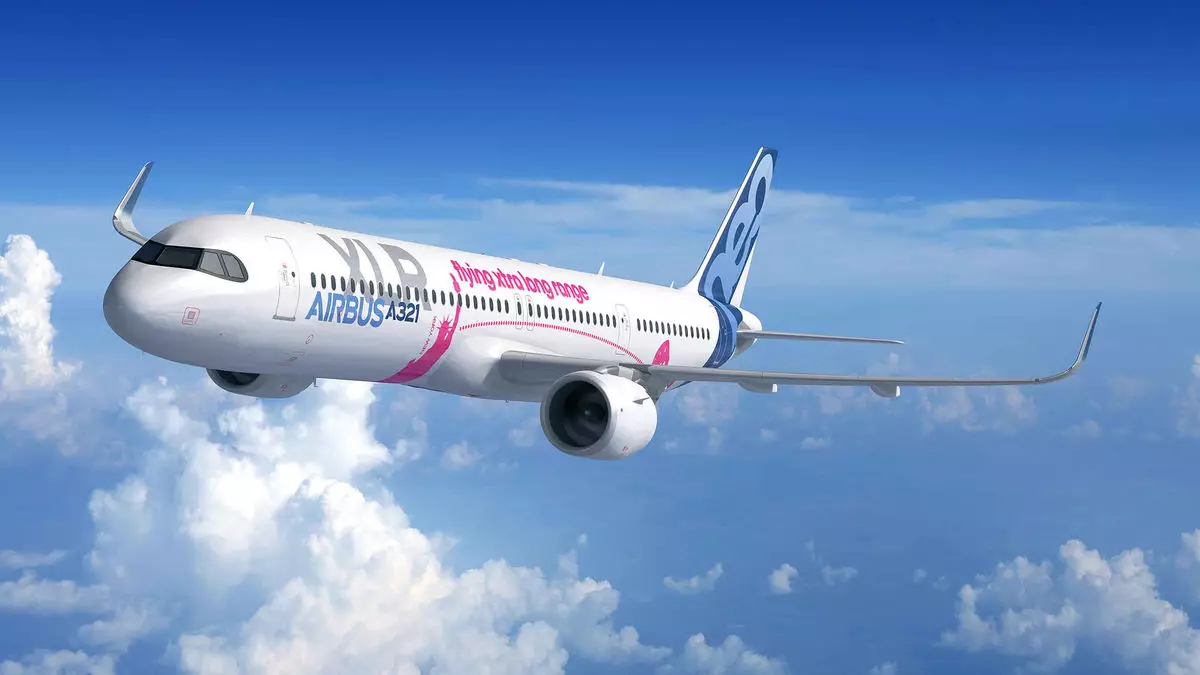The European safety authority EASA has finally certified the Airbus A321XLR after a rigorous five-year process. This raises concerns about the efficiency and speed of the certification process. Five years is a long time to certify an aircraft, especially given the advancements in technology and processes in the aviation industry. It is important for regulatory bodies to streamline their certification processes to keep up with the demands of the industry.
Iberia has been announced as the launch partner for the A321XLR, with plans to operate the aircraft on flights to Boston and Washington Dulles. While this partnership is significant, questions arise about the feasibility of these routes. Are these routes the most optimal for showcasing the capabilities of the aircraft? It would be beneficial for Airbus to consider strategic partnerships with airlines that operate routes that truly demonstrate the long-range capabilities of the A321XLR.
With over 500 orders and commitments for the A321XLR, including from major carriers like American, United, and JetBlue, it is evident that there is a demand for long-range narrowbody aircraft. However, the competition in this segment is intense, with Boeing offering its own range of narrowbody aircraft. Airbus needs to ensure that the A321XLR stands out in terms of performance, efficiency, and cost-effectiveness to maintain its competitive edge in the market.
The A321XLR boasts a maximum range of 4,700 nautical miles, making it a viable option for transatlantic flights. Additionally, the aircraft can accommodate 180 to 220 passengers in a two-class configuration. These specifications position the A321XLR as a versatile aircraft that can cater to a wide range of route options and passenger preferences. However, it is essential for Airbus to continuously innovate and upgrade the aircraft to meet the evolving needs of the market.
Overall, while the certification of the Airbus A321XLR is a significant milestone for the company, there are areas that require critical evaluation and improvement. Streamlining the certification process, strategically selecting launch partners and routes, staying competitive in the market, and continuous innovation are key factors that Airbus needs to focus on to ensure the success of the A321XLR in the long run.

